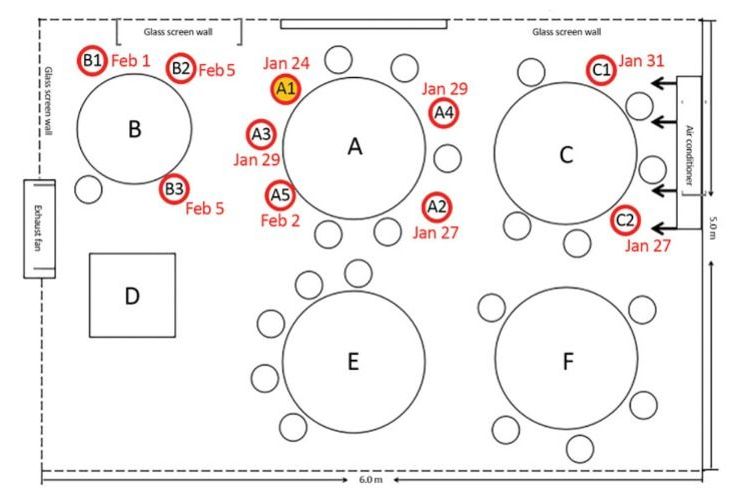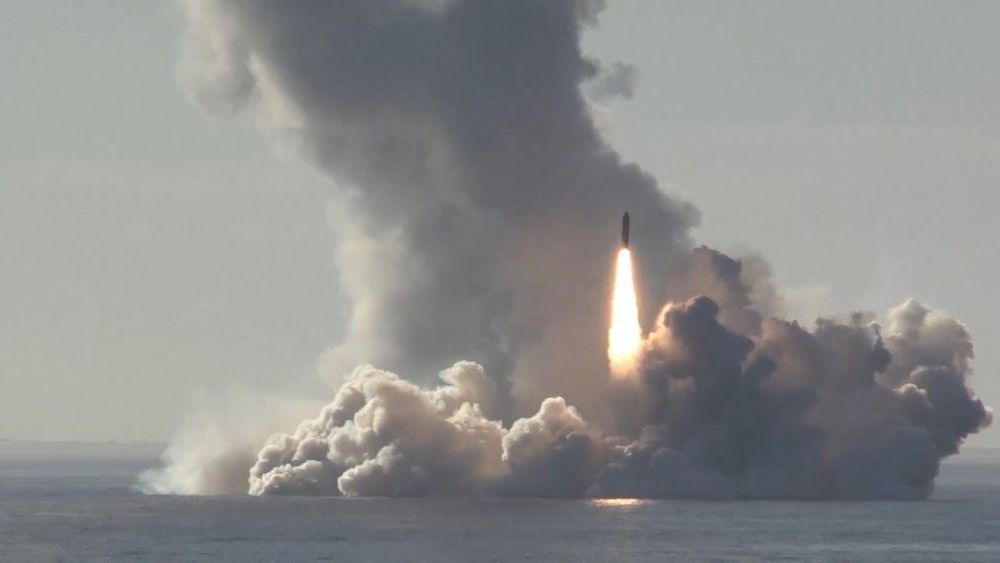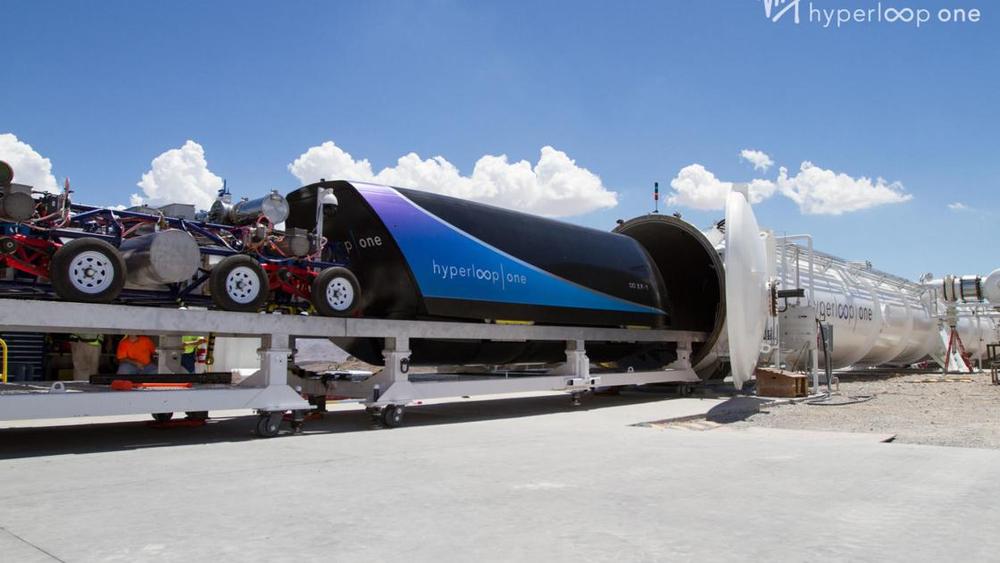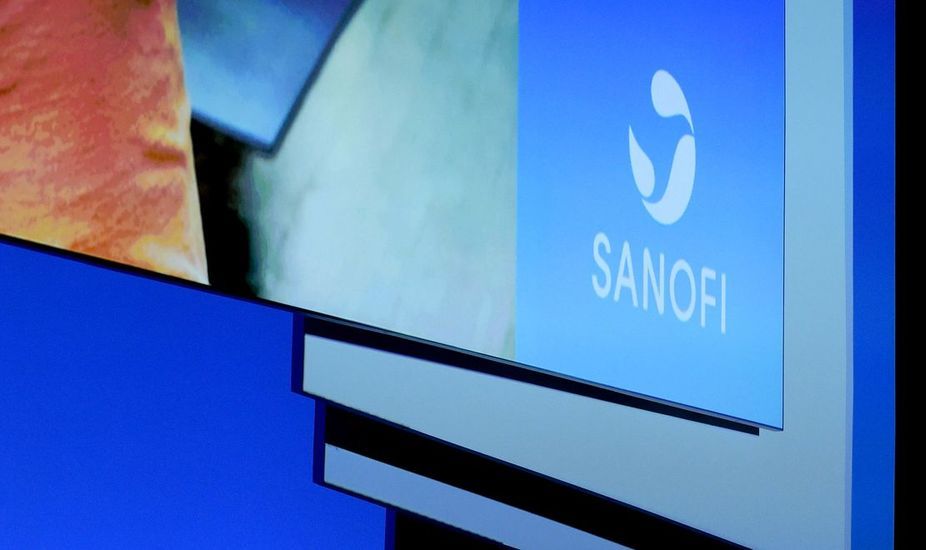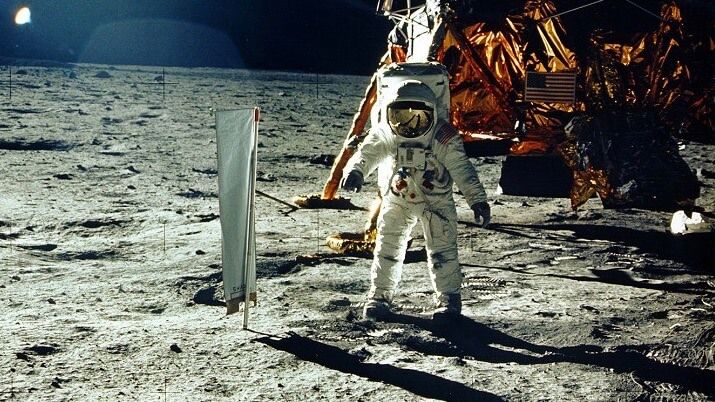It seems many people are breathing some relief, and I’m not sure why. An epidemic curve has a relatively predictable upslope and once the peak is reached, the back slope can also be predicted. We have robust data from the outbreaks in China and Italy, that shows the backside of the mortality curve declines slowly, with deaths persisting for months. Assuming we have just crested in deaths at 70k, it is possible that we lose another 70,000 people over the next 6 weeks as we come off that peak. That’s what’s going to happen with a lockdown.
The Borei-A class Knyaz Vladimir is out for sea trials again and could get commissioned very soon after years of delays.
Almost three months after arriving in Guam, a pair of MQ-4C Triton autonomous, unmanned aircraft have integrated into fleet operations and training flights and stretched the Navy’s maritime domain awareness across the Indo-Pacific, according to the Navy.
The Navy is counting on the Triton, which can operate at greater than 50,000-foot altitudes and at the 2,000-mile-plus range, to provide an unmanned platform for persistent, maritime intelligence, surveillance, and reconnaissance capabilities and work alongside its manned fleet of reconnaissance and surveillance patrol aircraft. The Tritons with Unmanned Patrol Squadron 19 – the Navy’s first unmanned aircraft squadron – arrived in Guam in late January to support CTF-72, which oversees the patrol, reconnaissance and surveillance force in the U.S. 7th Fleet region.
“Bringing Triton forward creates a complex problem set for our adversaries,” Cmdr. Michael Minervini, VUP-19’s commanding officer, said in a statement. “Our ability to provide persistent ISR to fleet and combatant commanders is unmatched in naval aviation.”
As expected, they discovered large fluctuations in the composition and daily changes of the human and mouse gut microbiomes. But strikingly, these apparently chaotic fluctuations followed several elegant ecological laws.
“Similar to many animal ecologies and complex financial markets, a healthy gut microbiome is never truly at equilibrium,” Vitkup says. “For example, the number of a particular bacterial species on day one is never the same on day two, and so on. It constantly fluctuates, like stocks in a financial market or number of animals in a valley, but these fluctuations are not arbitrary. In fact, they follow predictable patterns described by Taylor’s power law, a well-established principle in animal ecology that describe how fluctuations are related to the relative number of bacteria for different species.”
Other discovered laws of the gut microbiome also followed principles frequently observed in animal ecologies and economic systems, including the tendency of gut bacteria abundances to slowly but predictably drift over time and the tendency of species to appear and disappear from the gut microbiome at predictable times.
“It is amazing that microscopic biological communities—which are about six orders of magnitude smaller than macroscopic ecosystems analyzed previously—appear to be governed by a similar set of mathematical and statistical principles,” says Vitkup.
Laws allow identification of abnormal bacterial behavior.
Debate was halted amid an attempt by Sen. Bill Eigel, R-Weldon Spring, to add an amendment to reduce personal property tax rates on cars older than five years.
Sen. Mike Cunningham, R-Rogersville, acknowledged lawmakers were operating in “crazy times.”
A coalition of diverse government watchdog groups also panned the creation of the so-called “Christmas tree” bills in an attempt to move legislation to Gov. Mike Parson’s desk before the scheduled May 15 adjournment.
Americans will likely get Sanofi’s Covid-19 vaccine before the rest of the world if the French pharmaceutical giant can successfully deliver one.
A $1 billion solar farm in Nevada has been approved by the US government; the majority of British want weekly car-free days in towns and cities.
After a worrying spike, Germany’s Robert Koch Institute said new coronavirus infections have dropped again.
For fun, Apple software developer, Forrest Heller, pits a USB-C charger chip against the computer that landed astronauts on the moon. Here’s what he found.
